ISOLATION, NETWORK & NOISE CONTROL
How your equipment is supported is fundamental to how it sounds. If you ever want to find out first hand, simply lay it all out on a hard wood floor one day, it will sound distorted, rough and bright with so much vibration transmitted through each chassis. Or put it all straight to the carpet and see how soft, smeared and undynamic it soon becomes.
All equipment inherits the sound of the surface it is sitting on to some degree or other. Also equipment does not like vibration, either structure borne or from pressure waves in the air. There is also micro vibration inherent in electronics that begins in the electronics themselves and then transmits back out to the rack and of course back into the box again in a never ending loop. This vibration fundamentally degraded the noise floor and sound quality of the equipment.
There are two ways of combating vibration, resonances and mechanical noise. The first is by installing sophisticated noise control feet underneath the boxes and units whether they be an amplifier, record deck or mains conditioner. Hifistay, Stillpoints and Tungsten Groove footers all use very advanced technologies which lower mechanical noise in equipment, isolate it from structural and airborne vibration and thereby increase sound quality uniformly across all parameters. All three brands give a slightly different result from one another so can be combined to wield a very powerful degree of fine control over the final sound. They all have their own preferences and synergies with different brands of electronics and speakers too.

The second method is through sophisticated furniture. You need a rack to house a system and we sell an exhaustive range from Neo to Hifistay, Bassocontinuo, Falkenohr and Stillpoints. They all have varying levels of technology inside them to combat noise and vibration, some with inbuilt footers. By the time you get to the top level racks from Falkenohr, Bassocontinuo, HifiStay and Stillpoints you can expect a very big jump in sound quality. If you layer up both footers and a good rack, then you nearly always benefit from an even larger sonic uplift.
Speakers always have their own support system provided by the manufacturer. Usually a series a spikes in the cabinet or stand. Some manufacturers also make more sophisticated isolation feet to include with their speakers. Hifistay Stella 3 way Swing and Stillpoints Ultra 5 under speakers though will always improve their performance dramatically, more so than any alternative product we have ever encountered. The loudspeaker has the propensity to colour the sound more than any other component and is subject to the most mechanical vibration so Hifistay and Stillpoints employed here are actually even more powerful than when used under electronics, turntables and mains blocks. If the budget is there then installing good footers under speakers at Lotus is a formality. Better control, precision, dynamics and transparency, especially in the lower frequencies

Finally there is the home network which has been the target of much research and focus in the last 5-10 years. We wrote about this extensively over 5 years ago now and it is worth investigation if you wish to delve deeper.
Most of our systems are plugged into the home network these days. Our streamers and servers are attached to the network to be controlled from our Ipads and if we are not playing files directly from a network attached hard drive, we are using streaming services like Tidal and Qobuz, pulling music from the deep recesses of the web. The problem is the home network is a large and very complex source of noise. There are many noise factors with USB and ethernet cables, phase noise from consumer grade network clocks, noise from cheap router/dataswitch power supplies and even clock phase noise maybe as far back as the distant servers run by the music streaming companies. A few years ago it was assumed that these pathways would have no effect on sound quality but truth is that the contribution is really quite profound.
In fact the home network has such a big effect on sound quality that it should be viewed as another discrete component of the Hifi system, no different from say a preamplifier, a set of speaker cables or a phono stage. It should be considered and thought about, optimised and upgraded in step with the rest of the system. Most people generally like to buy big desireable boxes but your network will likely give a bigger sonic upgrade for a fraction of the expenditure. A streaming based system especially is only as good as the network it is plugged into, think of it like the real primary source of the system. Here at Lotus we offer a hand picked range of products to combat noise (not all of which are on the website) and many Lotus customers now enjoy sound quality parity between Qobuz and stored WAV files played on a flagship disk streaming device , something that not so long ago would have been considered impossible.
Absolute Point
Resonance Control feet, £2400 / set
Stella Triple Swing
Resonance Control feet, £2800 /set
Hz-Project Lan Isolator
Lan Isolator, £520
ADOT MC03 Fibre
Fibre Upgrade, £999
Omega Ethernet
Ethernet cable, £3000
S100B Dataswitch
Dataswitch, £2099
S10 Dataswitch
Dataswitch, £4999
S1 Dataswitch (NEW)
Dataswitch, £12,500
Creation S Ethernet (Lan)
Ethernet cable, £1900
Z-core Ethernet (Lan)
Ethernet cable, £3000



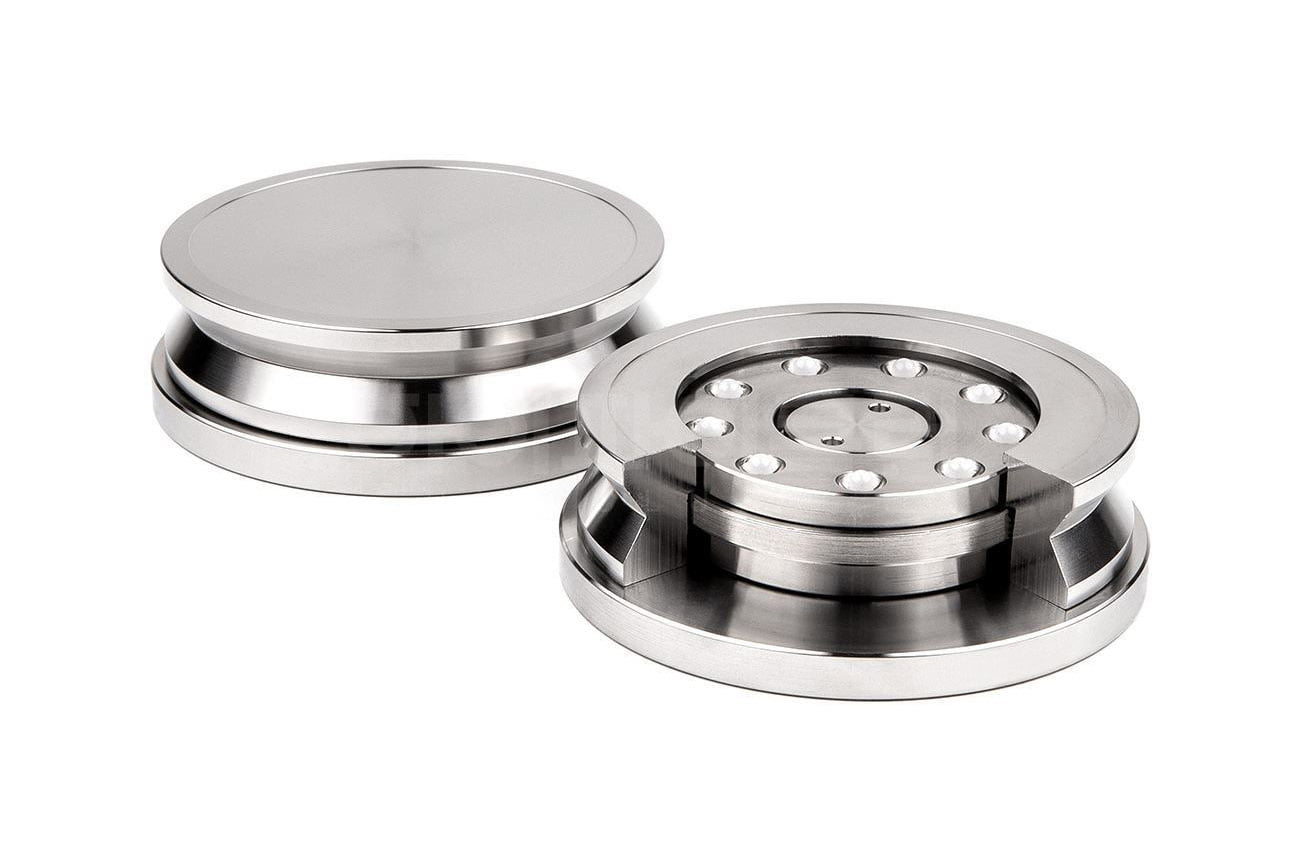


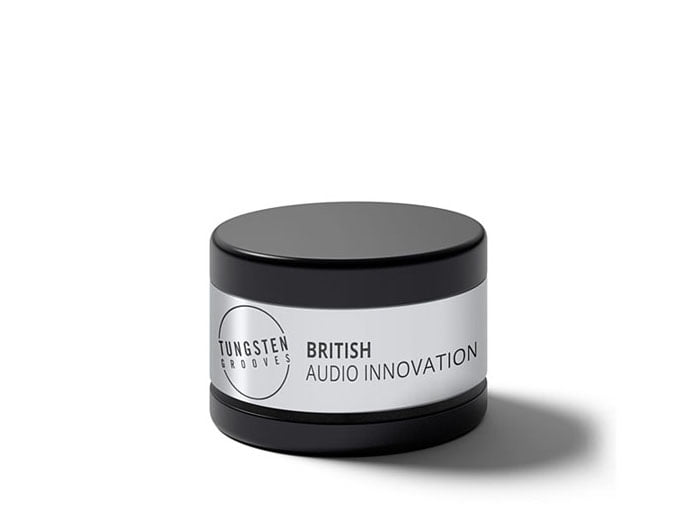
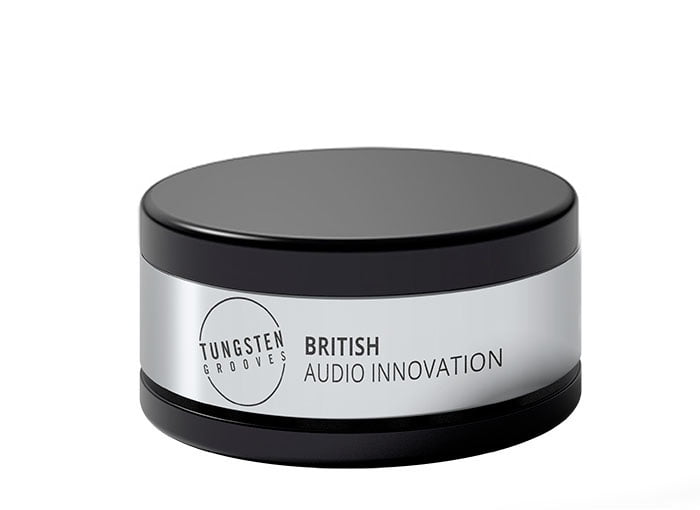
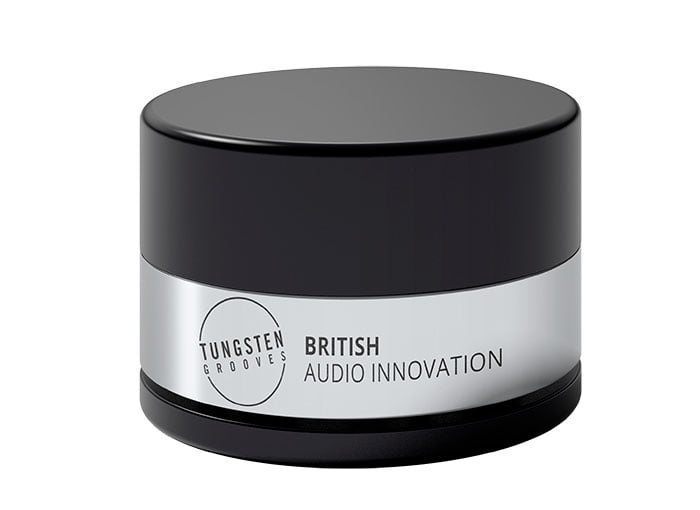


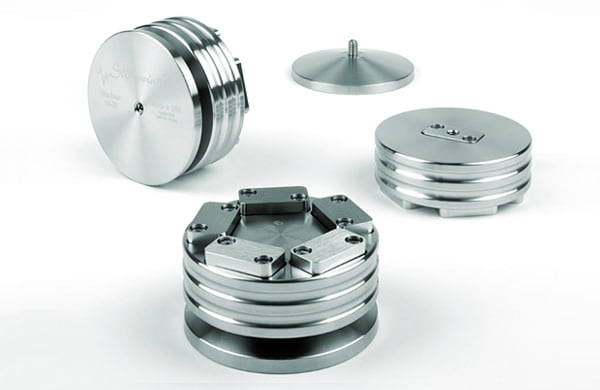
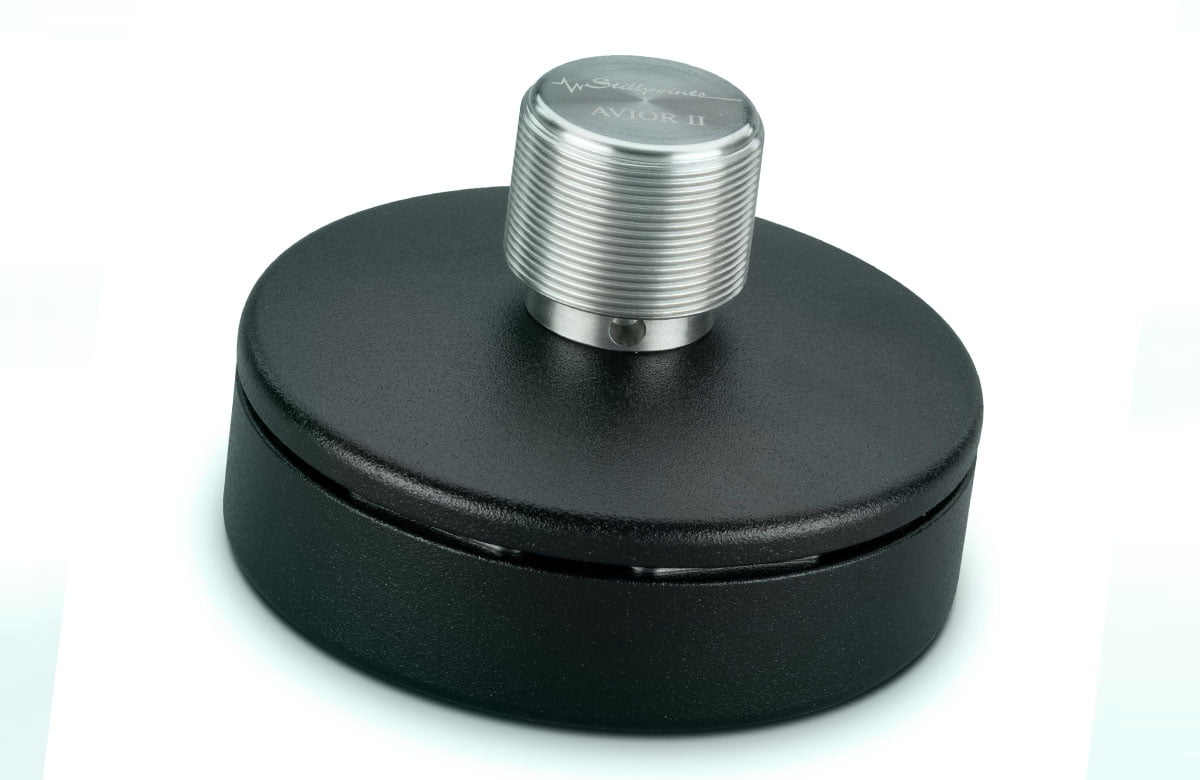




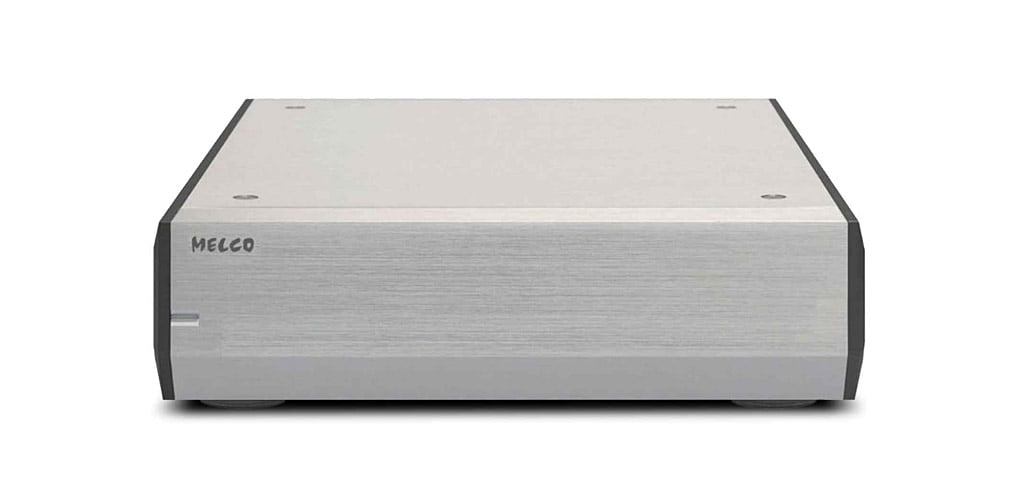
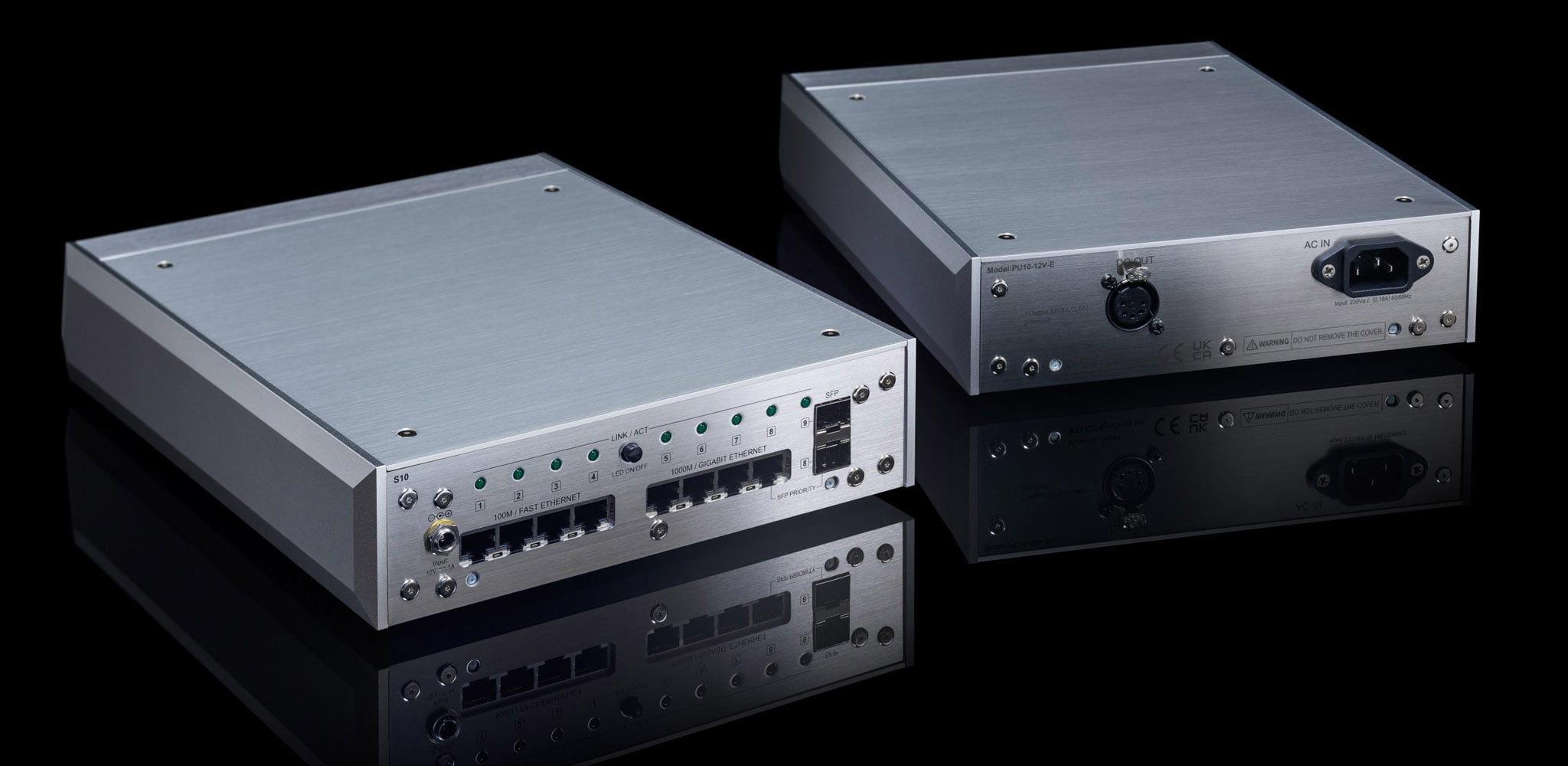


CONNECT WITH US